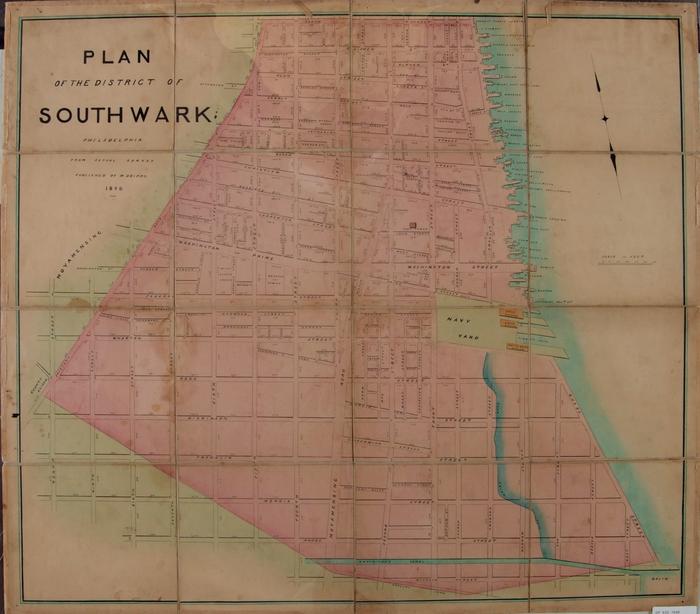1904: Puerto Ricans Settle in Southwark
 |
|
Image from the Historical Society of Pennsylvania |
In Philadelphia, the turn of the twentieth century saw large numbers of European immigrants settling throughout the city. The Italian, Polish, and German communities of Philadelphia were perpetually growing between the 1890s and 1930s, in a way that overshadowed the growth of other communities—including the city’s Puerto Rican population. Its numbers were much smaller than those of the European immigrant neighborhoods.
Many Puerto Rican migrants worked for cigar manufacturers in the city. Companies like the Bayuk Brothers hired many Spanish-speaking laborers, pulling from the Cuban, Mexican, and Puerto Rican communities for employment. Cigar making was a large factor in the growth of Philadelphia’s Puerto Rican population; cigar manufacturing continued to draw workers from the island into the 1950s. Additionally, the employment possibilities offered by both the sugar trade and the growth of the railroad also influenced migration from the island.
Many Puerto Ricans found both employment and housing in Southwark, which was a primarily working-class neighborhood at this time. As the Puerto Rican community continued to blossom in the city, Southwark became a primarily Spanish-speaking neighborhood. By 1904, the small Latino enclave of Southwark was home to approximately 1,500 individuals—a number that would continue to grow as the decades passed.
Written by McKenna Britton, a public historian living and learning in Philadelphia.
See the Spanish version of this page here.
For more context on this event, see the Geography page.
Further Resources
- Bergquist, James, "Immigration (1790-1860)", The Encyclopedia of Greater Philadelphia
- Ribeiro, Alyssa, "Puerto Rican Migration", The Encyclopedia of Greater Philadelphia
